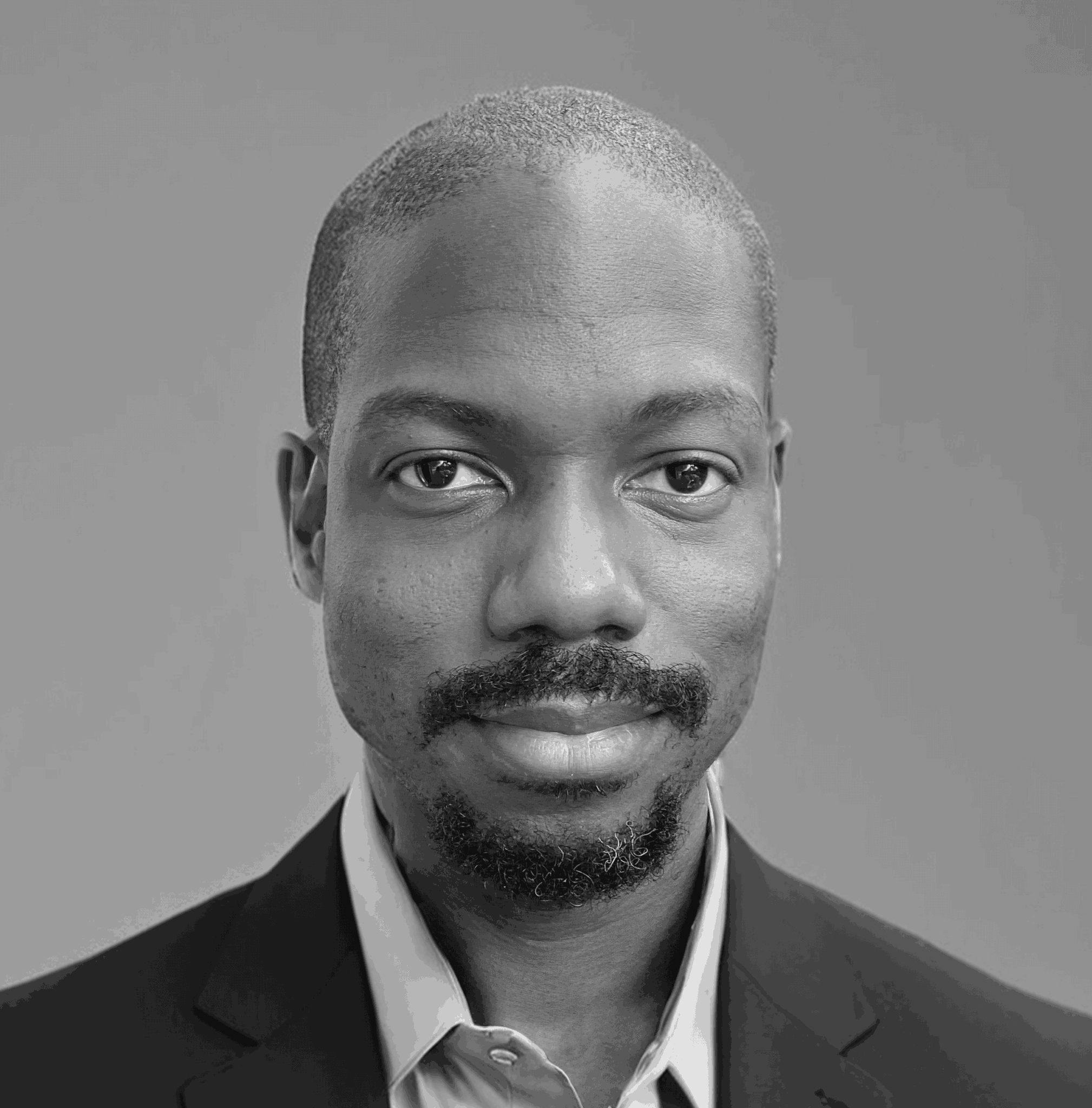We caught up with the brilliant and insightful Rashad Foux a few weeks ago and have shared our conversation below.
Rashad, appreciate you joining us today. Let’s jump back to the first dollar you earned as a creative? What can you share with us about how it happened?
My first time making money as an artist was in 2005, for a tiny indie game project called Via Dolorosa.
I had been working for a few years in the video game modding scene by this point, and was starting to get comfortable working for other people in a professional-esque capacity, and saw the posting on a forum I visited.
I made a pitch, showed some of my work, and the game’s creator picked me to create a man, woman, and child 3d model for his game about ancient Judea during the time of Jesus.
It felt amazing, and scary. There’s always a weight of responsbility that comes with taking money to create something for a client or job, because it not only reflects on you as an artist, but on their project as well, and I want to help them be successful!
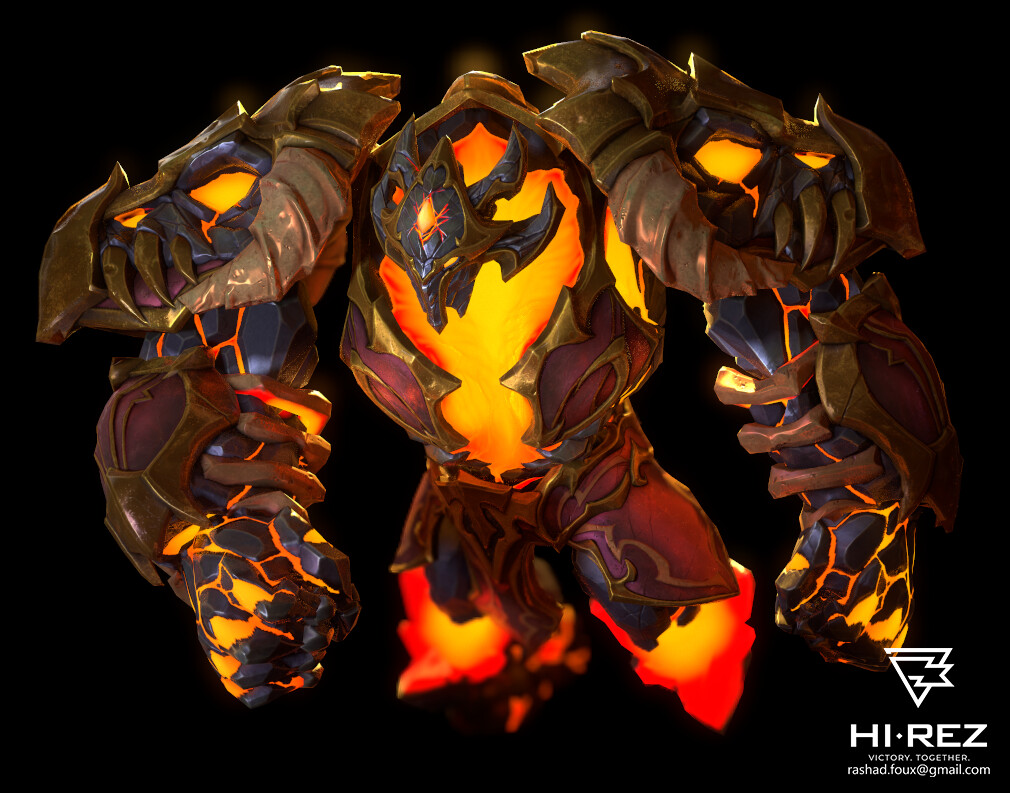
Rashad, before we move on to more of these sorts of questions, can you take some time to bring our readers up to speed on you and what you do?
My is Rashad Foux. I’m a 3d artist and game developer who’s been working at this since . . . probably 1999 when I was 14?
I’ve always been fascinated by how things are made, and why they work the way they do, and who was the first person who came up with the idea that everyone else based their idea on.
I’m fasincated by the shape of a door handle, because someone had to deliberately come up with THAT shape and design that we’re all generally comfotable using now, and then convince a large body of people that we should have a standardized height and placement for all homes and offices.
And video games are like that on steroids.
I specialized in 3d art, because I loved building scale models out of cardboard with my hands as a teenager. When I got into 3d, it felt like building a model, but with none of the tape or glue. And with an undo button!
As a 3d artist, most of the problems I solve day to day aren’t directly related to the art, so much as HOW the art is made.
For example, you can make a space soldier. But you have to consider what the space soldier is going to be used for. What’s the style of the game? How long and how closely are they going to be viewed? Is the player going to be seeing them on a phone, computer, or tv screen? And most importantly, how long do you have to make it?
The answers to these questions can yield vastly different results, so my job is figuring out whats the fastest, most efficient, and most beautiful way to get to the end result.
Being a solo game developer is somewhat similar, except that I’m also constantly learning new subjects while trying to manage my schedule, develop and keep to a feature set, while wrapping my head around marketing.
At Hirez Studios, I could just focus on mastering my own small part of the game, and getting really good at executing on it, while everyone else worked on mastering and executing on their parts.
I got laid off last year from my job of 14 years. It wasn’t great, especially with worrying about a family, and paying for medical bills.
But one opportunity the time allowed was for me to explore making my own games, learning how to code, make sounds, design game systems, and implement them into a game for use by players.
I’ve always loved scifi and space, so my first game, RELIC, is all about that. It’s still in development, but with about 6 months of part time work behind it, I’m really proud of the results so far, and what I’ve learned about keeping track of the whole picture of a project.
The player ship has shields which flicker and flare from enemy fire, auto cannons and missiles which deal damage, and the ships literally fall to pieces as they take damage.
Since it’s just me, I get to think about the project as a whole, so I try to design what I know I can make, and around the fact that I have to make it all myself. It has been an excellent, eye opening, and fun experience!

How can we best help foster a strong, supportive environment for artists and creatives?
A) Restrict the ability for companies to outsource the majority of their art department to another country with a lower cost living.
B) Require AI “art” companies like Midjourney, Ideogram, Openai, to pay a licensing fee to every artist they have in their training dataset for every time an image was generated, derived, or in anyway understood from a piece of their artwork. Retroactively.
A lot of these AI art companies think of art as a problem to be solved, and market their tools as the solution. The problem with their solution is their stealing work at a previously impossible scale, putting it out as their own, and taking the jobs from the very artists who make their product possible.
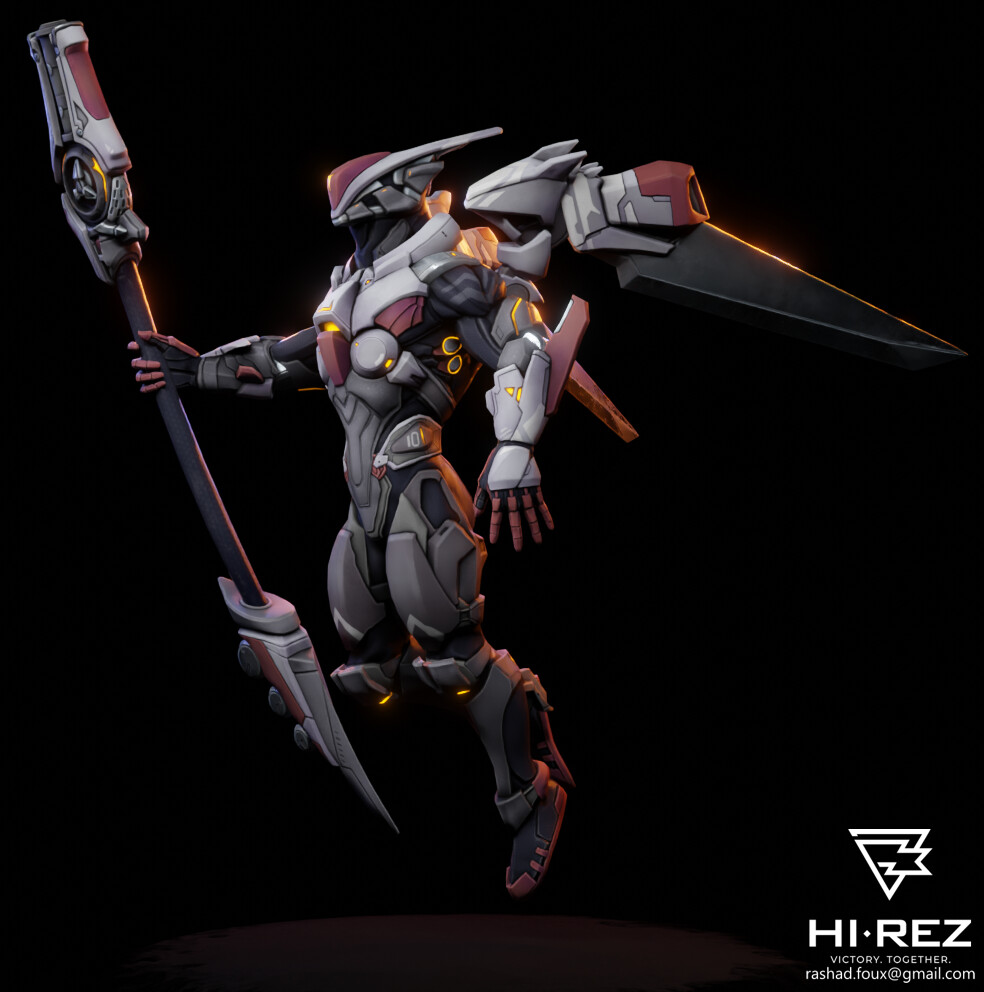
What’s a lesson you had to unlearn and what’s the backstory?
I had a lot of my personal identity and self confidence wrapped up in my job title, and the fact that I made art at a video game studio.
I was arrogant, and it was not a healthy way of looking at myself, or my job, but I didn’t realize it until after I lost it. It’s a terrible thing to wonder if you have any value as a person, and even worse when you feel like that value is assigned by another person, or in my case: the faceless job market.
I’m am not an artist. I am a person who’s loved, that also makes art.
Contact Info:
- Website: https://www.artstation.com/rashadfoux
- Linkedin: https://www.linkedin.com/in/rashadfoux
- Twitter: https://www.x.com/spiralfoux
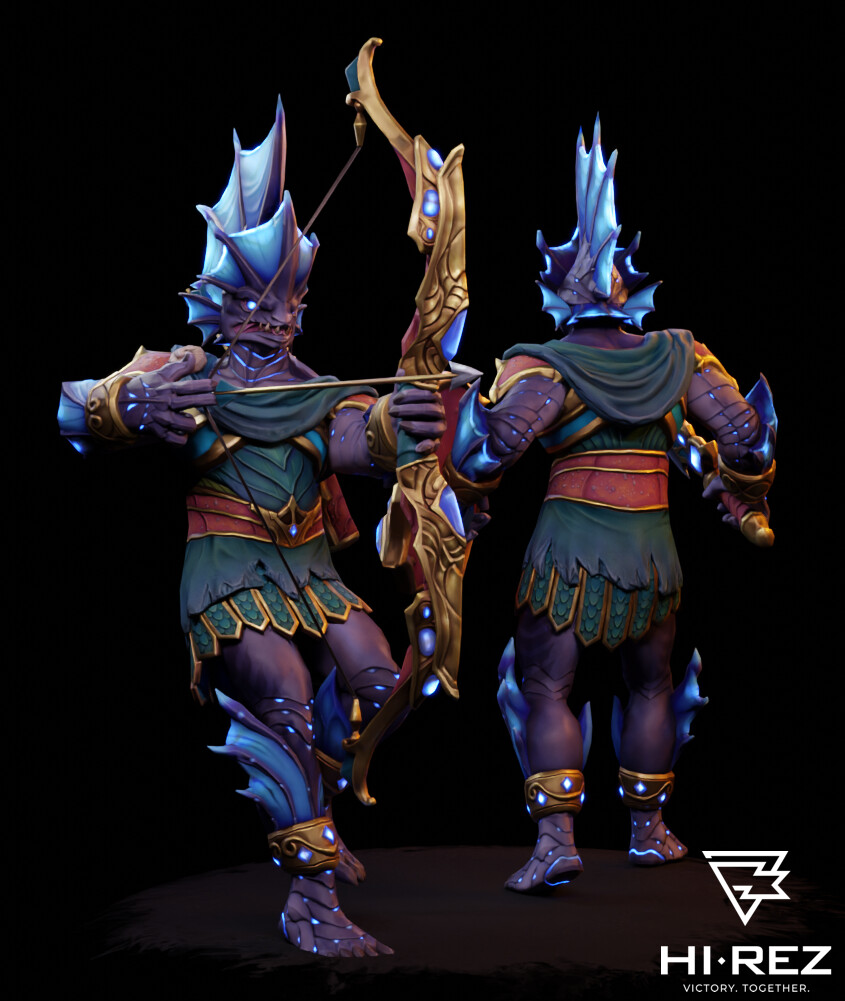
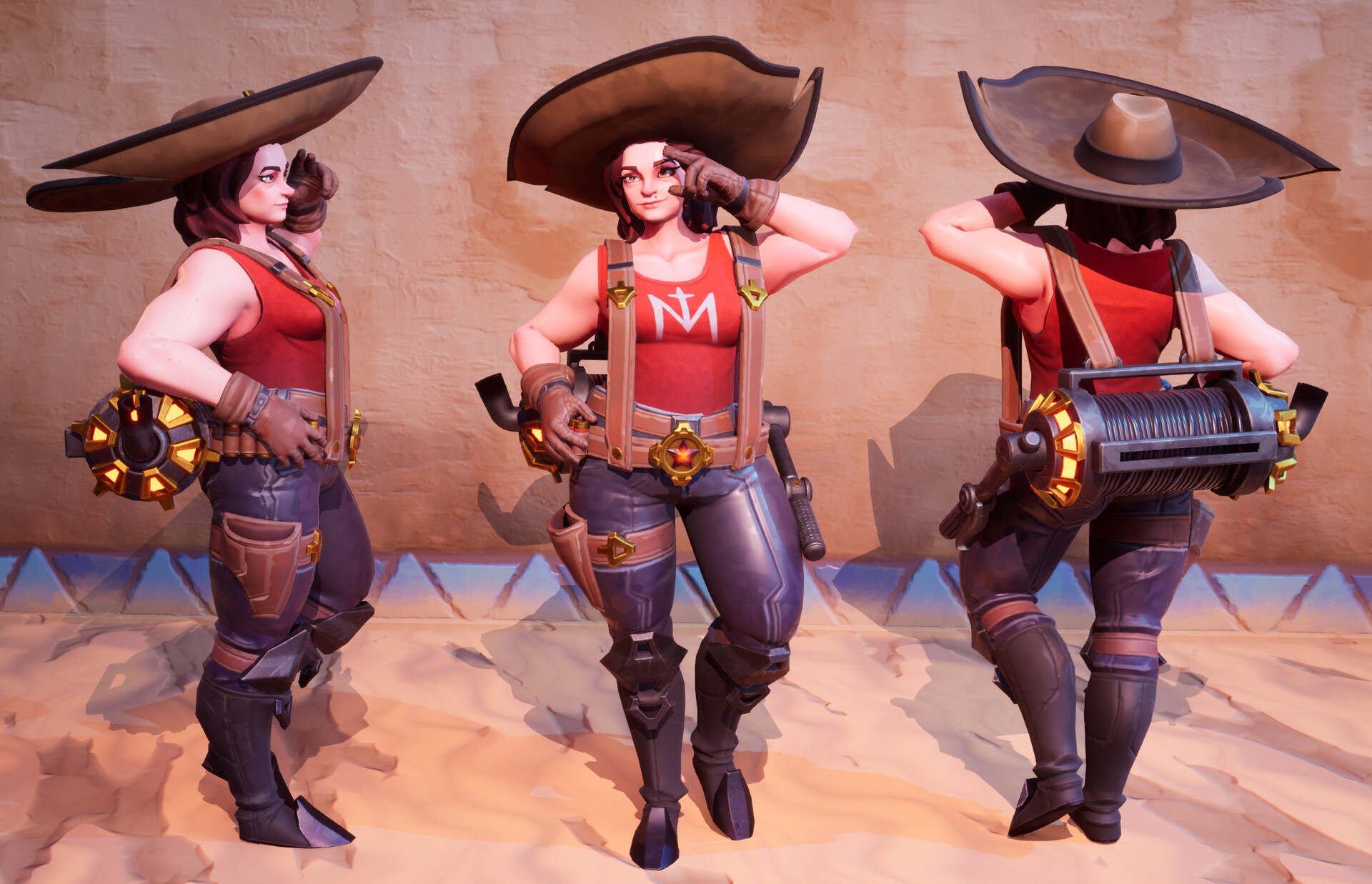
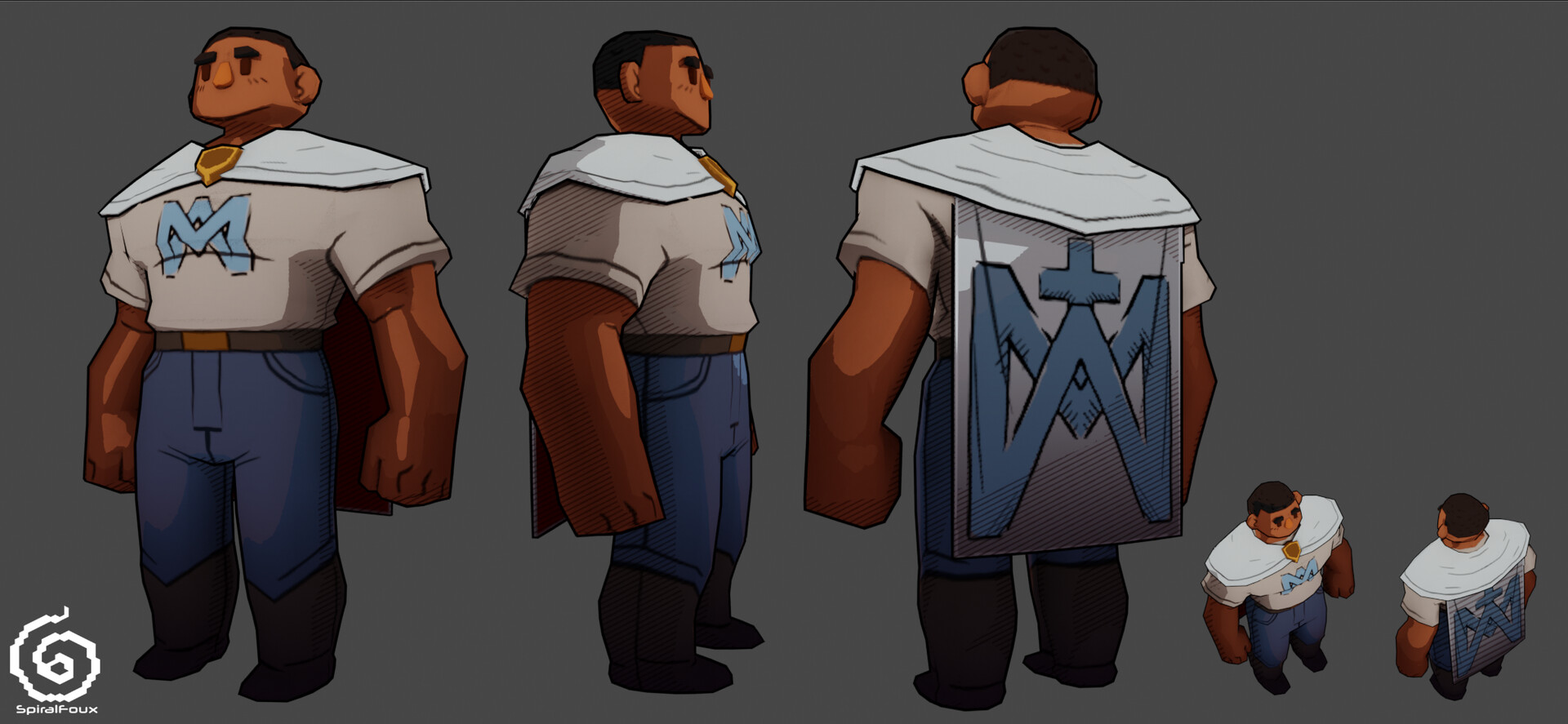
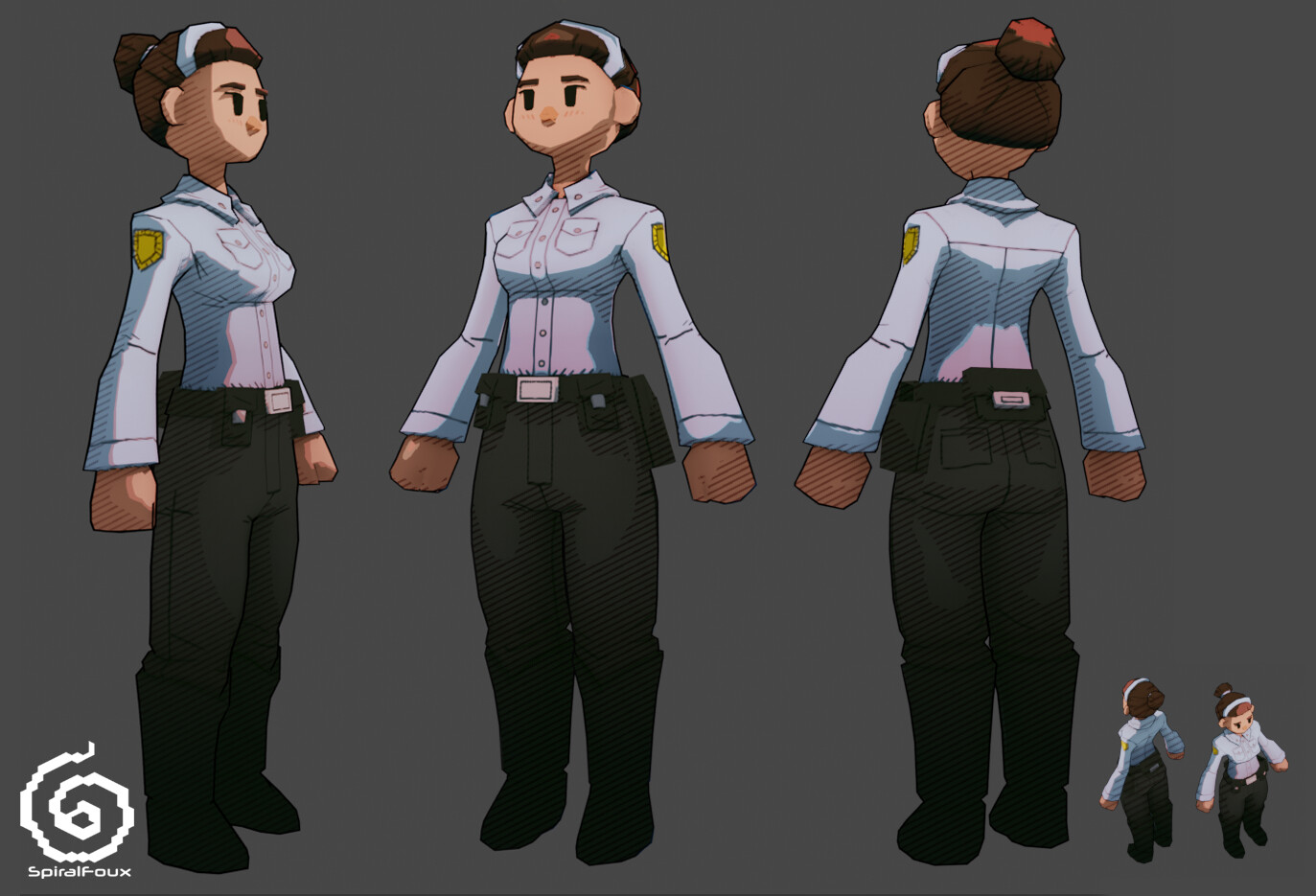
Image Credits
Hirez Studios


